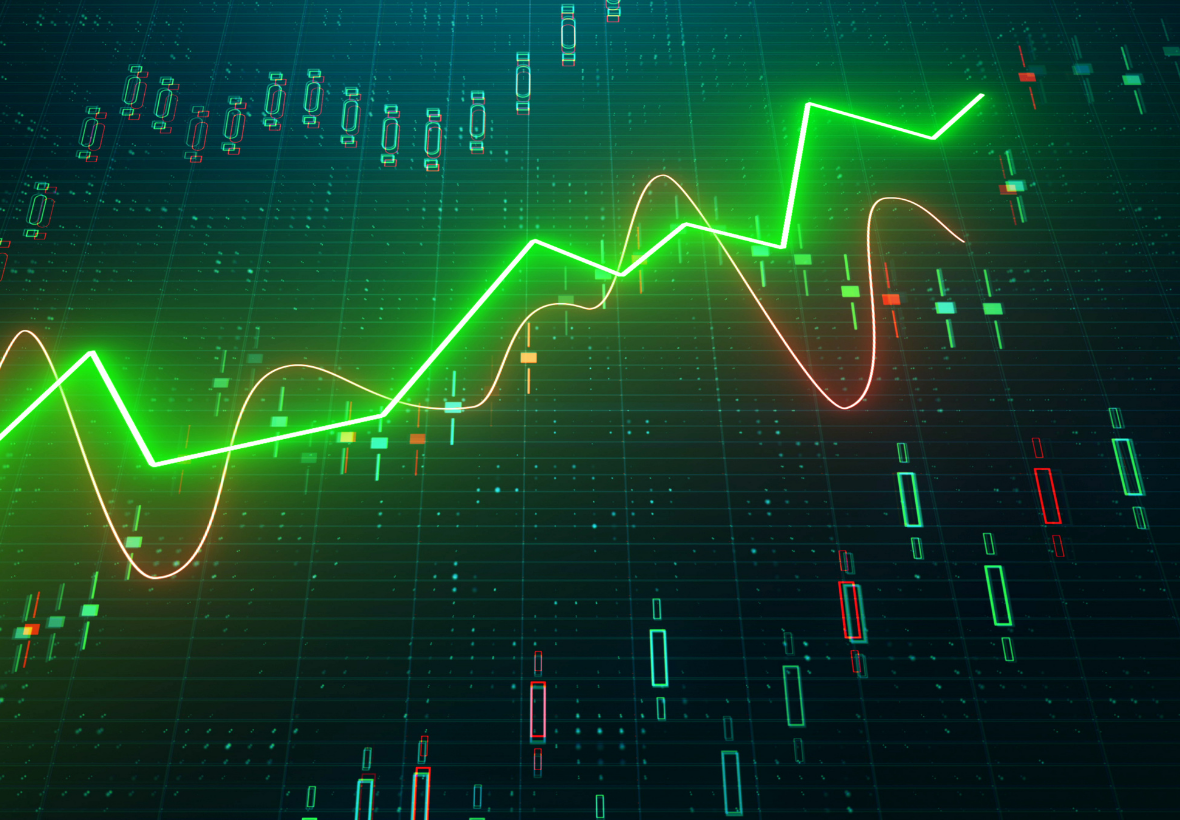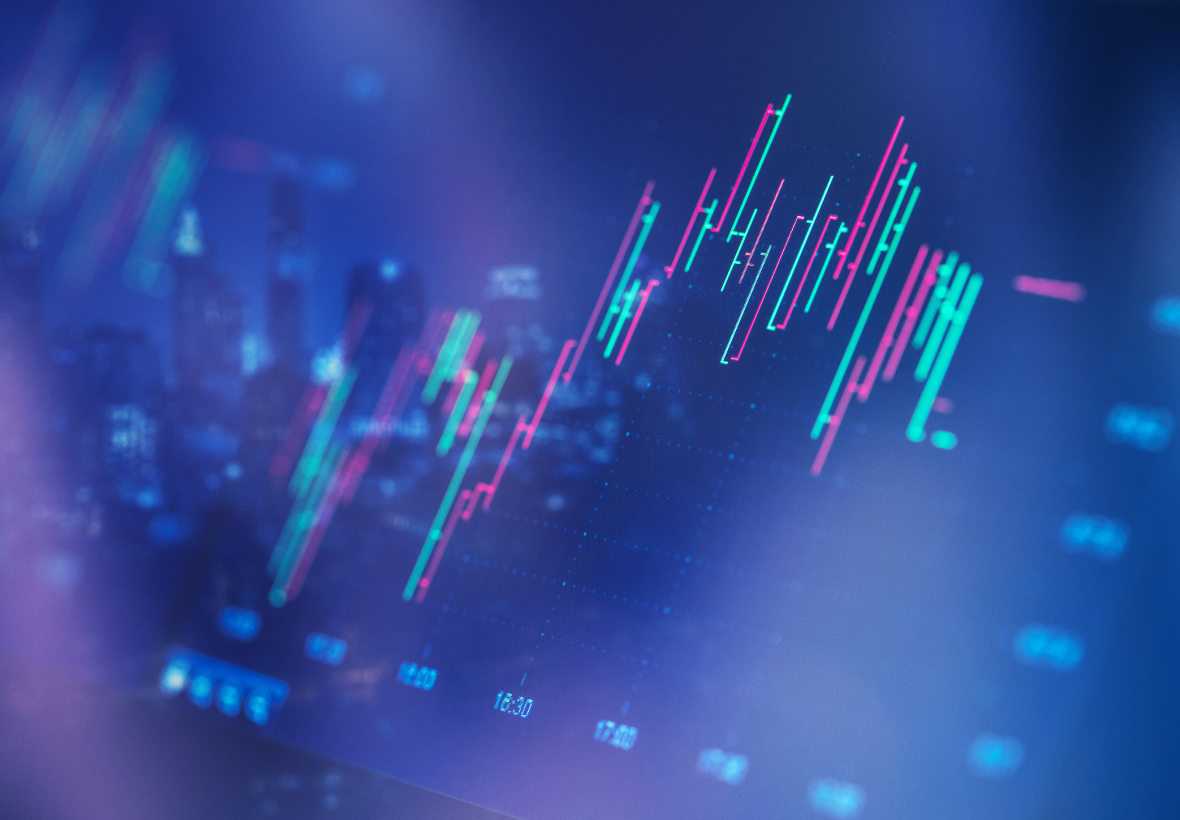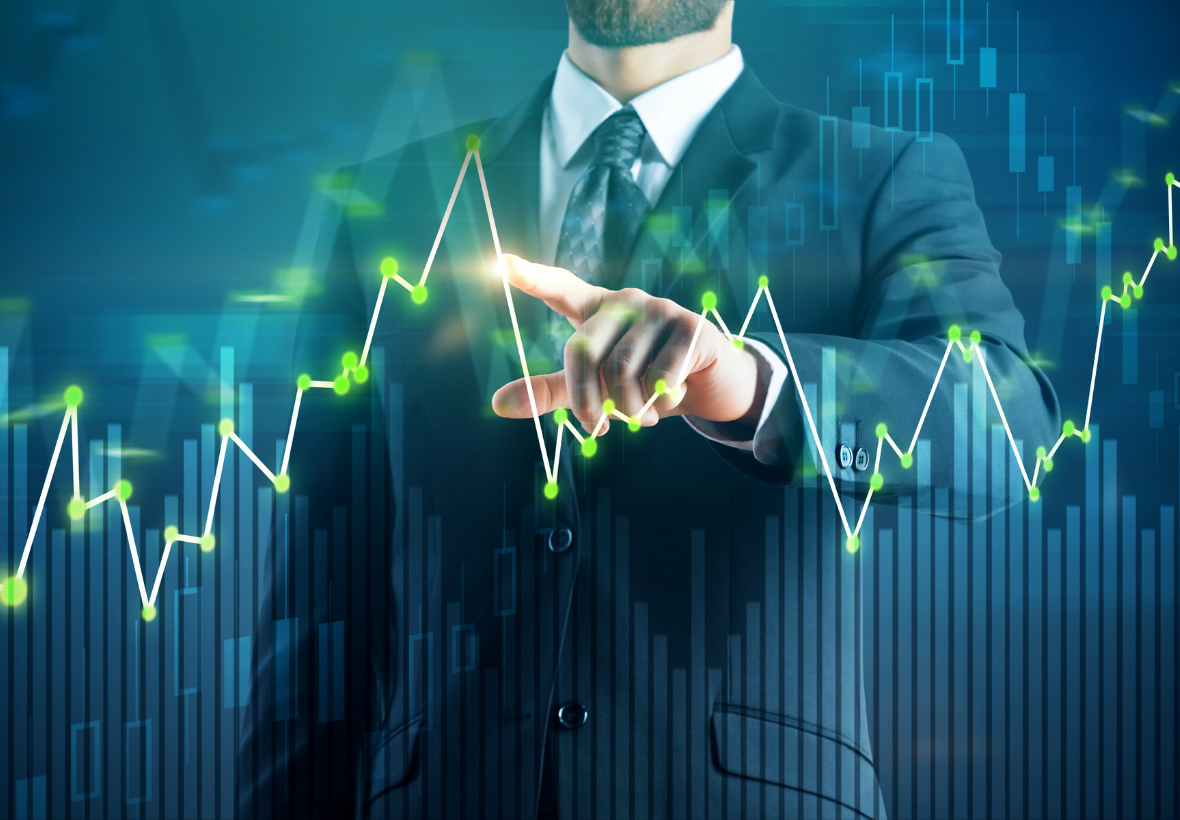High-frequency trading refers to the use of sophisticated algorithms and high-speed computer systems to execute a large number of trades in fractions of a second. These trades are typically driven by complex mathematical models and algorithms that analyze vast amounts of market data to identify patterns and profit from short-term price movements. On the other hand, trading bots are automated software programs that execute trades based on predefined rules and parameters.
The Rise of High-Frequency Trading
High-frequency trading has gained prominence in recent years due to advancements in technology and improvements in market connectivity. With the availability of high-speed internet connections and low-latency trading infrastructure, HFT firms can exploit even the smallest market inefficiencies and execute trades at lightning-fast speeds. This has resulted in increased liquidity and tighter bid-ask spreads in many financial markets.
Exploring Trading Bots
Trading bots have become an integral part of the trading landscape, enabling individuals and institutions to automate their trading strategies. These bots can be programmed to execute trades based on various factors, such as technical indicators, news events, or market conditions. By automating the trading process, bots eliminate human emotions and biases, ensuring consistent and disciplined execution of trades.
Benefits of High-Frequency Trading and Trading Bots
A) Increased Efficiency: High-frequency trading and trading bots improve market efficiency by enhancing liquidity and reducing transaction costs. These technologies enable faster order execution, minimizing the impact of price fluctuations and slippage.
B) Enhanced Market Liquidity: HFT firms actively provide liquidity to the markets by continuously quoting bid and ask prices. This improves the overall depth and liquidity of the market, making it easier for buyers and sellers to execute trades at desired prices.
C) Faster Information Processing: High-frequency traders and trading bots can process vast amounts of market data in real-time, enabling them to identify and act upon profitable opportunities swiftly. This speed advantage gives them an edge in capturing fleeting market inefficiencies.
D) Risk Mitigation: Trading bots can be programmed to incorporate risk management measures, such as stop-loss orders and position sizing rules. This helps to mitigate potential losses and protect trading capital.
Challenges and Risks
A) Market Volatility: High-frequency trading and trading bots operate in a highly dynamic and volatile market environment. Sudden price movements or market disruptions can lead to unexpected losses or system malfunctions.
B) Regulatory Scrutiny: The rise of high-frequency trading has drawn regulatory attention, with concerns about market manipulation and unfair advantages. Regulatory bodies have implemented measures to ensure a fair and transparent trading environment.
C) Technology Risks: Reliance on technology exposes high-frequency traders and trading bots to various risks, including hardware failures, software glitches, and cybersecurity threats. Robust risk management and backup systems are crucial to mitigate these risks.
The Future of High-Frequency Trading and Trading Bots
The future of high-frequency trading and trading bots looks promising. Advancements in artificial intelligence and machine learning are driving innovation in algorithmic trading strategies. These technologies enable trading bots to adapt and learn from market data, continuously improving their performance and ability to navigate changing market conditions.
Conclusion
High-frequency trading and trading bots have transformed the financial industry, bringing speed, efficiency, and automation to the trading process. While they offer numerous benefits such as increased liquidity, faster execution, and risk mitigation, they also come with challenges and risks. As technology continues to evolve, it is crucial for market participants and regulators to adapt and ensure a fair and transparent trading environment.
FAQs (Frequently Asked Questions)
- What is high-frequency trading? High-frequency trading involves the use of high-speed computer systems and algorithms to execute trades in milliseconds, taking advantage of short-term price movements.
- How do trading bots work? Trading bots are automated software programs that execute trades based on predefined rules and parameters. They can analyze market data, technical indicators, and news events to make trading decisions.
- Do high-frequency trading and trading bots increase market volatility? High-frequency trading and trading bots can contribute to short-term market volatility, but they also provide liquidity and tighter bid-ask spreads, which can mitigate volatility in the long run.
- Are high-frequency trading and trading bots regulated? Regulatory bodies have implemented measures to ensure a fair and transparent trading environment. High-frequency trading and trading bots are subject to scrutiny to prevent market manipulation and unfair advantages.
- What are the future trends in high-frequency trading and trading bots? Advancements in artificial intelligence and machine learning are expected to drive further innovation in high-frequency trading strategies. Trading bots will become more intelligent and adaptable to changing market conditions.





Leave a Reply